|
Photo by Isaac Smith on Unsplash
The Oracle Analytics team have been busy working on the latest version of Oracle Analytics Cloud - 5.9 which is packed with a number of interesting features and enhancements that we'll cover in some detail in this blog post.
Real Estate
There is now a permanent Search field and smaller Data, Visualisations and Analytics icons which have been relocated to the top of the side bar. This results in the reduction of wasted space on the left of the side bar.
Progress Bars
The animated progress bars that are displayed when visualisations and data are loaded have been updated.
The thin blue horizontal progress bars that were visible in previous Oracle Analytics versions across the screen when a. visualisation or canvas was refreshed have been changed as you can see in the images above.
Data Preparation
TRIM Function
There is now one click access to TRIM whitespace from a text column in the Data Preparation stage of Data Visualisation. This removes whitespace from both sides of the selected column
US ZIP Codes
This new feature is available in a column that contains ZIP code data. Oracle Analytics suggests a recommendation step to repair any of the ZIP codes that have missing leading zeros.
Filter Enhancements
You can now move a Visualisation level filter to the Canvas level by simply dragging it from the side bar to the Canvas level filter section. You can also do the opposite; moving a filter from the Canvas level to a specific Visualisation.
Sorting Enhancements
There is now the capability in OAC 5.9 to sort by multiple dimensional attributes. In the screenshot below, you can see that the state_name and county_name have sorts defined. Columns added to the Size and Tooltip of a visualisation can also be included in the visualisation sorting.
You can also sort by a measure but note that this will overwrite any dimensional attribute sorting that has been previously defined for the visualisation.
Export Limits For those who still export data dumps to Excel ?, row limits have been increased. Formatted exports that include XLSX, PPTX, HTML and PDF files have been increased to 400,000 rows with instances that have 16-52 OCPUs. Instances with 2-12 OCPUs will have their limit increased to 200,000 rows. The limits of unformatted report exports (XML, Tab Delimited and CSV) have been increased to 2,000,000 rows for instances with 2-12 OCPUs. Instances with 16-52 OCPUs will see their limits rise to 4,000,000 rows. Area Visualisation Enhancements
There were previously 2 Area Visualisations in versions of Oracle Analytics prior to version 5.9. There are now 3 types; Area, Stacked Area and 100% Area.
I personally think that the new Stacked Area visualisation is more "visual" and users can gain a quicker insight visually.
New Mapping Options
These new map backgrounds give users more flexibility with their map visualisations.
Machine Learning
It can be useful to gain some insights into the Machine Learning models that Oracle Analytics uses. There have been some enhancements added to the Oracle Machine Learning (OML) inspect tab which exposes much more metadata about the Machine Learning model.
There has been some renaming and reorganising of the tabs available in the Machine Learning Inspect window. The Details tab contains basic information about the Oracle Machine Learning model including input and output columns.
The Related tab now shows in-depth information of the Oracle Machine Learning model which is stored in database metadata views.
You can even access these views and build out visualisations to gain further insights and understanding of the Machine Learning models that you are using in your Analytics.
The Oracle Analytics team have put together a YouTube video about it which you can view below. Text Tokenization
In previous versions of Oracle Analytics, Text Tokenization was indirectly available. OML ADW capabilities could be used. Francesco Tisiot recently blogged about this with a good example demonstrating a typical use case for textual analytics.
In Oracle Analytics Cloud 5.9, Text Tokenization is natively available as a data flow step thereby taking away the need to access the ADW instance in order to create a context index on the text column to be analysed and then to link the tokens to the text field in your data that is being analysed. This is now done for you automatically.
The Text Tokenization functionality only works with Oracle sourced datasets - ATP, ADW and Oracle On-Premise Databases. It makes use of the Oracle Text database functionality and the Database Analytics data flow step is only available for these Oracle sourced datasets. In order to avoid this error:
Ensure that your user account that you use for the connection to the database has the correct privileges:
Conclusion
As you will have gathered, this 5.9 release of Oracle Analytics Cloud comes packed with a wide range of features and enhancements. The release is typically staggered whilst the upgrade is applied to the Oracle data centres in the various regions so watch this space! If you want to see further details of all of these new features, check out the Oracle's "What's New" document here.
If you’re intrigued with the features that Oracle plan to incorporate into the Oracle Analytics platform here is some information on an Oracle Analytics resource worth mentioning; the public roadmap which contains information on Oracle Analytics features that may be included in the platform with an idea of when these may become generally available.
0 Comments
A very quick blog post to provide some information about an issue that may arise with Data Visualisation projects based on manual SQL queries in Oracle Analytics Server 5.5 and above. These queries would have worked in previous versions of Oracle Analytics Server. Essentially, manual multi line SQL queries throw an exception: State: HY000. Code: 10058. [NQODBC] [SQL_STATE: HY000] [nQSError: 10058] A Oracle have confirmed that this is a defect that has a workaround. You will only encounter this issue if the SQL query test consists of several lines ending with carriage returns.
The workaround is to place a space character at the end of each line of the query text just before each carriage return. You can find more information about this here.
Photo by Tomas Anton Escobar on Unsplash
Version 5.7.2 of Oracle Analytics Cloud recently started rolling out to Cloud Customers. It comes with a couple of cool features which we'll go through in some detail. A full list of all the features can be found in the 'What's New' section of the Oracle Analytics Cloud documentation.
Performance Tile Enhancements There is an update to the Performance Tile visualisation now that allows you to show a breakdown of the measure displayed by a dimensional attribute. There are options to show the dimensional attribute as a line chart, bar chart or as an area chart.
Database OML Models Oracle Analytics Cloud 5.7 now gives users access to register and apply Machine Learning models from an Oracle database (On-Premise or Autonomous Data Warehouse). The main benefit of this feature is that there is no longer any need to physically move data around whilst training and running the model. The other benefit of this approach is that the computing power of the host database of the Machine Learning Model is used when it is executed in Oracle analytics Cloud. 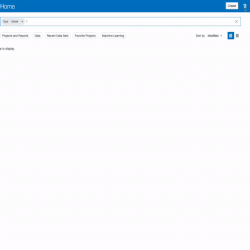
Once the model has been registered you can look at the properties of the model
Now that the Machine Learning model has been registered, to make use of it in Oracle Analytics Cloud, you create a Data Flow bearing in mind that your data set must be located in the same database as your Machine Learning model (the connection must be the same for the data set and the model).
The final step in the Data Flow specifies where the saves the data which is returned from applying the model to the dataset with the predictions which have been calculated.
A table needs to be defined that stores this data in the same database as the Machine Learning model and the data.
List Box Visualisation
Now this is a feature akin to the OBIEE dashboard prompt although this new visualisation provides a bit more in terms of functionality. You now have the ability to filter visualisations on the canvas at a more granular level. The List Box visualisation filtering can be set to apply to visualisations that you specify. which gives you much more control over how end users can interact with the data on the canvases. There is also the possibility to cascade filtering if you have multiple list box visualisations on a canvas in your project. This means that you can set up the filtering of one to filter on the other based on a selection.
There are some other features that are also included in this release which may be covered in a future blog post.
Photo by Mitchell Hollander on Unsplash
The Oracle Analytics product teams have been working round the clock to put the finishing touches to the latest version of Oracle Analytics Cloud which has just been released. Oracle Analytics Cloud 5.6 comes packed full of new features that aim to make your work of gaining insights into your data that much easier.
In this blog post, we will look at some of the new features that are now available in Oracle Analytics Cloud 5.6.
Maps with custom backgrounds
One feature that could change the way you visually interact with your data is the new method now available which now gives you the ability to use any image in a visualisation as a map layer. You can follow some easy steps to link the custom map layer to your data. Upload an image in the Console > Maps > Image Backgrounds. The next step is to create a Map Layer and in this step you define the shapes (polygons, rectangles or circles) that you want to "map" to your data.
The next step is then to assign the map layer to a column in a Data Set editor (see below).
When you use this column in a visualisation, the default visualisation will be a map visualisation.
Dataset Editor Enhancements
There have been a few changes made to the Oracle Analytics interface that is used to make modifications to Datasets. Some of the changes made to the Dataset Editor include: Columns can now be deleted in the preview screen with a single click.
The properties of a column can now be viewed in a properties pane. You select a column from the data preview pane to access the column's properties.
You can apply a filter to your data set within the data set editor.
Regular expressions (Regex) can be used to search and replace patterns. This is done via the Replace feature in the dropdown of each column in the data set editor.
Custom calculations have a new option to duplicate the calculation which is useful in a scenario where you want to create a new calculation similar to one already created rather than having to start completely from scratch.
There is also a ‘Copy Expression to Clipboard’ option now available in the dropdown which I'm still trying to work out a use case for this functionality. Pasting into a text editor shows the expression:
COUNT(XSA('Admin'.'LEGO BRICKS')."Columns"."BLOCK_DATE")
Data Visualisation Enhancements
Columns and rows in pivot table and table visualisations can now be resized by dragging on the field left, right, up or down as required. I wasn't able to resize the rows in a table visualisation when I tested out this functionality.
The data preview section has been redesigned to enable more information to be displayed on screen. This has also been implemented in the prepare tab as well.
You can find more information on these enhancements and all other features that are included in the 5.6 release here.
Oracle Analytics Server 5.5.0 was recently released and I've been testing out the OAS installation process. This short blog post just goes through some issues that I encountered during this process related to access to Data Visualisation.
I did an out-of-place upgrade which went remarkably smoothly and imported a BAR file from a 12.2.1.4 OBIEE instance into the new OAS instance. The problem I had was to do with access to Data Visualisation. When I tried to access the Data Visualisation page (server:port/dv/ui), I got an insufficient permissions error:
After some digging around, it transpires that there were some WebLogic Application policies that weren't assigned to any Application Roles. Oracle Support pointed me in the direction of this Support Document - Oracle Support Document 2644363.1. The 12.2.1.4 BAR file import wrote over some of the default WebLogic application permissions.The actio.admin permission needs to be granted to the BI Service Administrator application role. This is all done in em (WebLogic Enterprise Manager).
To compartmentalise the Data Visualisation security, I'd highly recommend creating 2 Application Roles:
I was about to publish this blog and the Oracle Support folk just put together a new Support Document based on this issue with overwritten WebLogic application policies after an import of a 12.2.1.4 BAR file into an OAS instance..Hope this saves someone a bit of time.
The Oracle Analytics Product Management team descended on London ahead of the Oracle OpenWorld Europe event for the Oracle Analytics Summit London event held at The Soho Hotel in London on the 11th of February earlier this week.
The day kicked off with a Partner Advisory Council session from the Product Management team which included a look ahead at the roadmap for Oracle Analytics as well as a Q&A session which was very informative. There were several other sessions throughout the day providing participants with a wealth of knowledge on all things Oracle Analytics. Big News...
The biggest announcement of the day was undoubtedly Oracle being named a visionary in Gartner's Magic Quadrant for Analytics and BI Platforms. The news was hot off the press and received mixed reactions.
Oracle has had a torrid time in the eyes of the Market Researchers in recent times with the likes of Gartner completely excluding Oracle from the Analytics Magic Quadrant not too long ago. Gartner's justification was regarding the fact that Oracle's Analytics offerings provided little or no self service features which is an opportunity that Oracle missed with the likes of Qlik, Tableau & Power Bi to name but a few that filled the gap in the Self Service Analytics space.
The Oracle Analytics team has filled the Self Service void with a variety of features and products including products and features like Oracle Analytics Desktop, Data Visualisation, Natural Language Processing and all the Augmented capabilities that enable end users to get to their insights with little or no IT intervention. This focus and attention led to Gartner bringing Oracle back into the Magic Quadrant as a niche player.
Oracle has made huge strides in the self service analytics space at the expense of the governed analytics capabilities that hasn't seen much development and enhancements in recent times. The governed analytics part of the Oracle Analytics product is very mature and is its unique selling point. You hear of many stories where end users have acquired a self service analytics tool and plug it into OBIEE's semantic model. Most of the "new age" analytics tools are geared around self service and there still appears to be a huge demand for governed analytics which Oracle Analytics provides alongside its self service capabilities.
Some have said that Oracle may have taken their eye off the ball in order to focus all attention on getting back into Gartner's good books. As mentioned previously, a lot of attention has been focused on self service capabilities possibly to the detriment of governed analytics capabilities.
There was a mix of the Oracle Analytics Product Management team, Partners and Customers in attendance at the Oracle Analytics Summit and it was great to see and hear first hand from the Product Management team.
After a very long wait, the successor of OBIEE is here. Oracle Analytics Server was made generally available on Friday the 31st of January.
At the Oracle Analytics Summit held last summer, Oracle Analytics Server was announced as part of the wider rationalisation of the Oracle Analytics product line.
Oracle Analytics Cloud (OAC) as its name suggests is Oracle’s cloud offering of an Analytics product. Oracle has focused heavily on developing and enhancing OAC and OBIEE has not seen as much development in the same period. OAC has gathered momentum in the self service analytics space as well as opening up the augmented analytics space. It also retained OBIEE’s governed analytics functionality which is in many people’s opinion, the unique selling point of Oracle’s analytics offering. To bridge the gap between OAC and OBIEE, Oracle came up with the great idea of the Oracle Analytics Server product, OAS. Most of the OAC functionality is available in OAS and what makes this a very appealing prospect is the fact that OBIEE licensed users can upgrade to OAS for free. How do I get it?
A very good question! Currently, OAS 5.5.0 is available from eDelivery - just search for “Oracle Analytics Server “.
You’ll notice that 5.5 is only available on the Linux operating system with a Windows variant to follow later on. Gianni Ceresa has written an excellent post on OAS and he has made a discovery of a slight issue with the version of the Fusion Middleware Infrastructure that is bundled with OAS on eDelivery.
Your best bet is to get a version of 12.2.1.4 Fusion Middleware Infrastructure from here.
There is an Oracle document with detailed steps of the installation which will come as no surprise to those who’ve done OBIEE 12c installations and upgrades. Make sure that you’re JDK version is at least 1.8.0_221 and you’ll be good to go. Upgrades
Currently, the only way that you can do upgrades from 12c to OAS is as an out-of-place upgrade. In-place upgrades will be available in future OAS releases.
Once you’ve completed the installation and configuration, you can use the BAR (BI Archive) file technique to migrate your 12c content over to your new OAS instance. Alternatively, you could do this via the snapshot feature available via the Oracle Analytics console. Addendum
Not all of the OAC features are available in OAS and some of these include the Natural Language Generation augmented analytics feature.
Some OBIEE features within OAS have been disabled by default as there are plans to deprecate these features. This Oracle Support document provides a list of these features and also provides some information on how to enable these deprecated features. Some of the OBIEE features to be deprecated in OAS include:
The Baseline Validation Tool (BVT) is not currently supported with Oracle Analytics Server.
Oracle recently released Data Gateway as the successor to Remote Data Connectorin the Oracle Analytics Cloud 105.3 release earlier this year. Remote Data Connector was originally part of the Oracle Analytics Cloud, OAC predecessor - Business Intelligence Cloud Service (BICS). It is used in order to allow for connectivity to an on-premise data source from an Oracle Analytics Cloud instance. Why Data Gateway? In a nutshell, the Remote Data Connector is a bit cumbersome and rather long winded in setting up with network, DMZ, firewall configuraton all required. It also requires either a Tomcat or WebLogic application server. Most importantly, the communication between OAC and Remote Data Connector is started off by OAC. OAC requires access through DMZ, firewall etc to the Remote Data Connector. Data Gateway on the other hand controls and manages the communication between OAC and Data Gateway. With Data Gateway, when a user's request requires data from an on-premise data source that has been configured with Data Gateway, an HTTPS request is made and held open by OAC. This is a technique called "long polling". The Data Gateway agent picks up the HTTPS request and passes the query to the on-premise database. The Data Gateway agent passes the query resultset back to OAC via a new HTTPS communication which is linked to the original HTTPS request.
In addition to the SSL certificates used in the HTTPS communication, the communication between OAC and the Data Gateway agent is further secured by the public/private key which encrypts all communication. As multiple Data Gateway agents can be setup, the Remote Data Gateway can be used to maintain high availability by setting up 2 Data Gateway agents per OAC instance.
Unless you’ve been hiding under a rock this week as well as steering clear from all forms of social media, then you would have heard about the Oracle Analytics Summit which took place at the Skywalker Ranch in California.
T.K. Anand, senior vice president, AI, Data Analytics and Cloud announced "a new beginning" that would be based on transparency, partnership and trust. Recently, Oracle announced its Analytics Roadmap, a new move for Oracle which appears to be indicative of this new approach. The new vision of Oracle Analytics is to be based on three pillars:
A recording of the Analytics Summit can be found below: In this Summit, the Oracle Analytics Product Management team announced a consolidation of the Analytics product suite. There were 18 products previously which have now been reduced to 3:
Oracle's Analytics capabilities will now be in the Cloud with Oracle Analytics Cloud, on premise with Oracle Analytics Server and in applications with Oracle Analytics for Oracle Cloud Applications. What was previously called Oracle Business Intelligence Enterprise Edition (OBIEE) has now been rebranded to Oracle Analytics Server. Everything that was available in the on premise OBIEE will now be available in this new product in addtion to the functionality that was only previously available in Oracle Analytics Cloud. It will also offer users an easier path to migrate to the cloud. The Oracle Analytics Server will include Data Visualization. Existing OBIEE customers will automatically be licensed to use Oracle Analytics Server when it is available towards the end of the year. The UI look and feel of the 3 products will be unified and a new homepage which brings together dashboards, analyses, BI Publisher reports, data visualisations. Oracle Analytics for Applications will initially focus on ERP and HCM applications. It provides an end to end solution with out of the box ready to use dashboards and analyses as well as data integration capabilities. It is based on Oracle Autonomous Data Warehouse and Oracle Analytics Cloud.
The key takeaway from this announcement could be summarised with one word - simplification. Everything from the product lineup, support model, licensing and the inter product integration has been simplified. The announcement also highlights Oracle's focus on Cloud as the backbone of its strategy.
|
AuthorA bit about me. I am an Oracle ACE Pro, Oracle Cloud Infrastructure 2023 Enterprise Analytics Professional, Oracle Cloud Fusion Analytics Warehouse 2023 Certified Implementation Professional, Oracle Cloud Platform Enterprise Analytics 2022 Certified Professional, Oracle Cloud Platform Enterprise Analytics 2019 Certified Associate and a certified OBIEE 11g implementation specialist. Archives
March 2024
Categories |


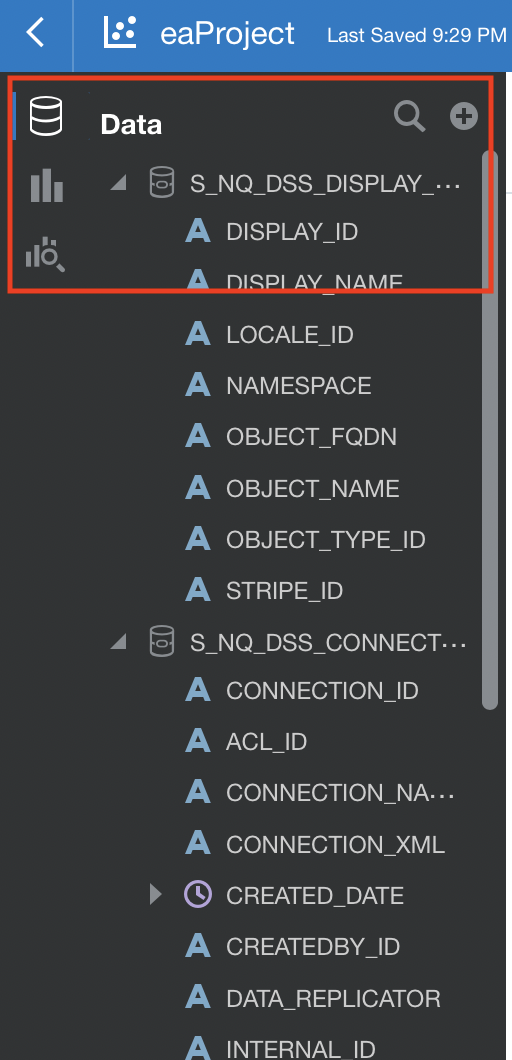
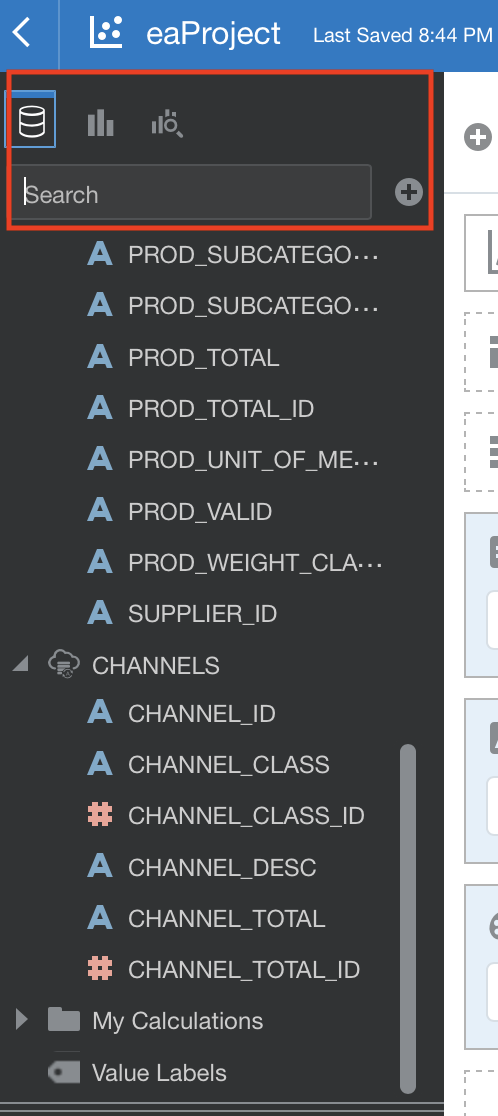
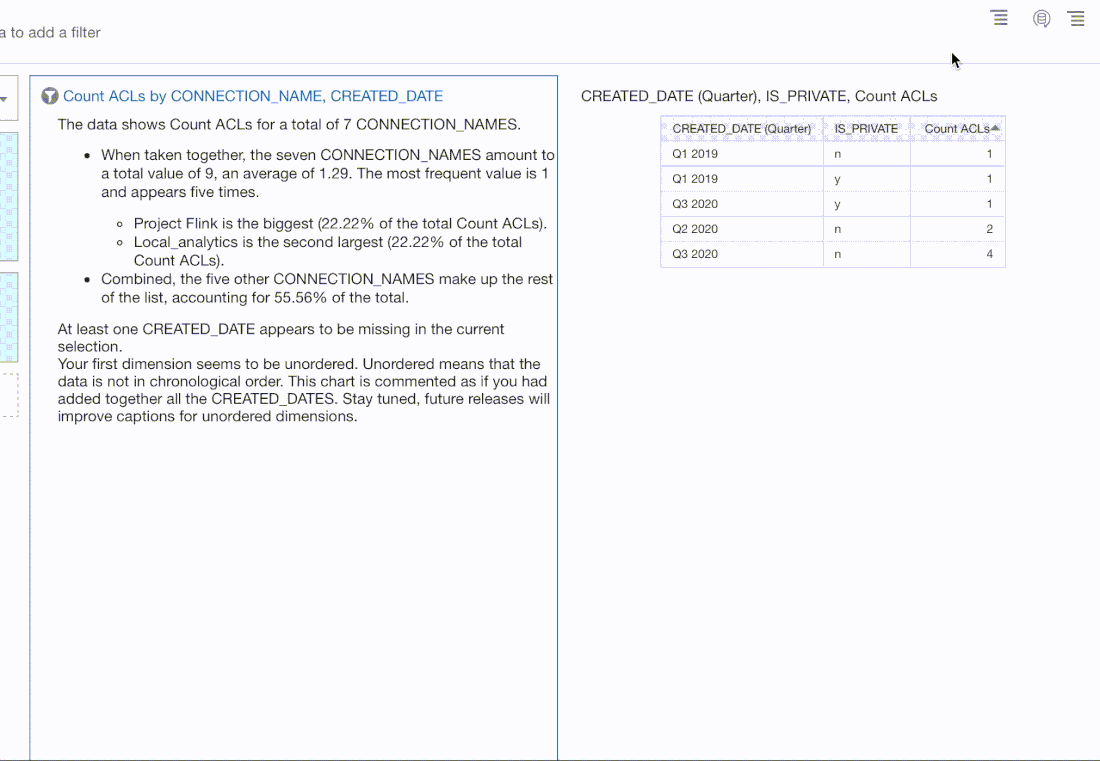
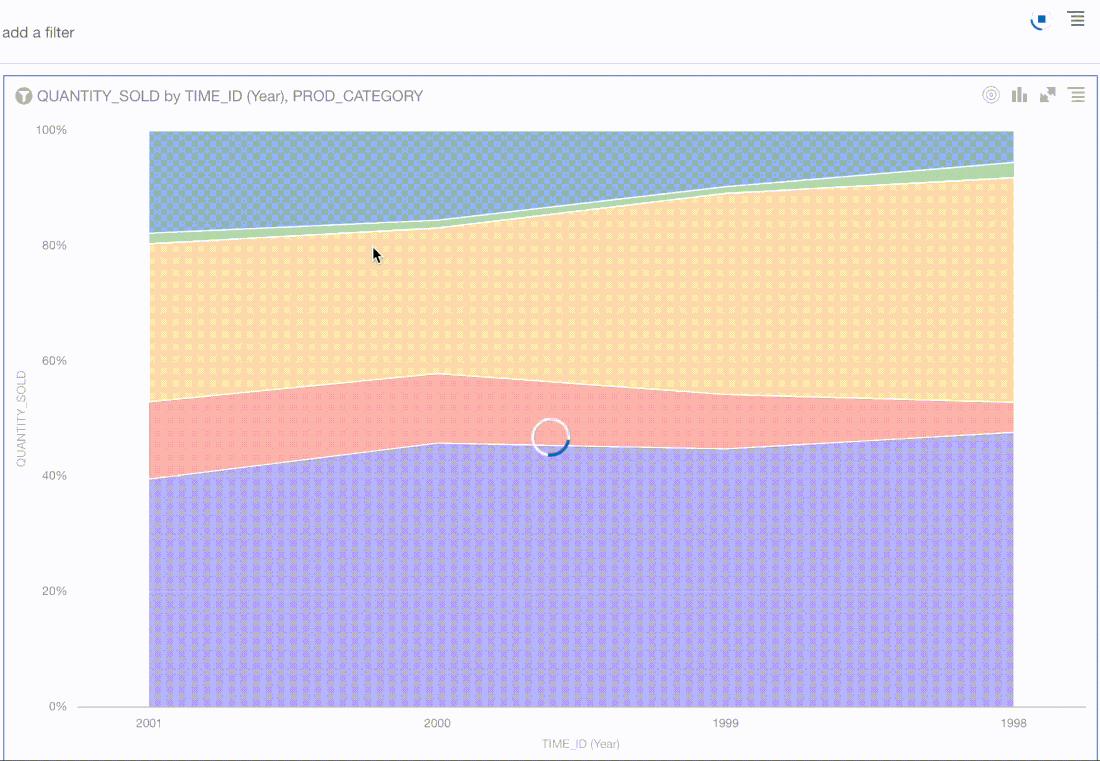

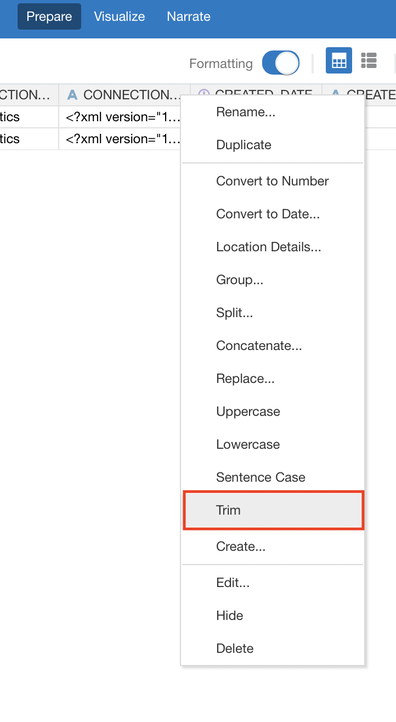


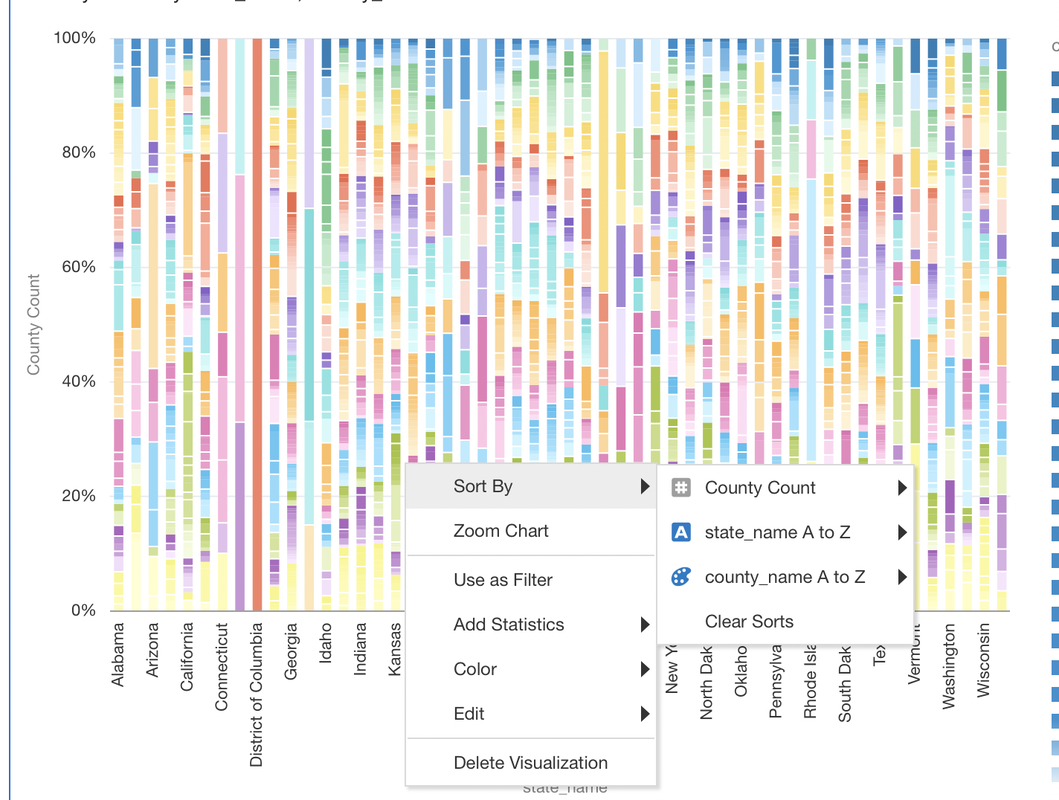
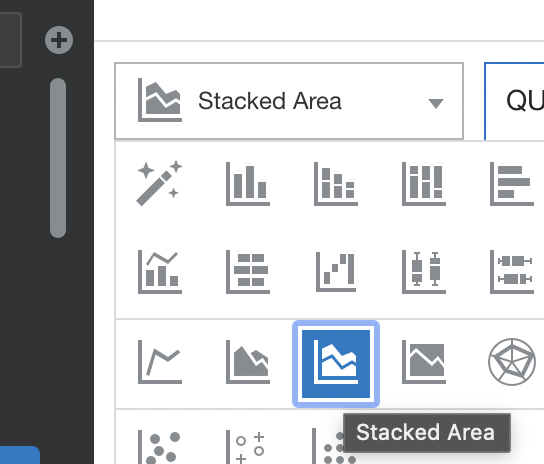
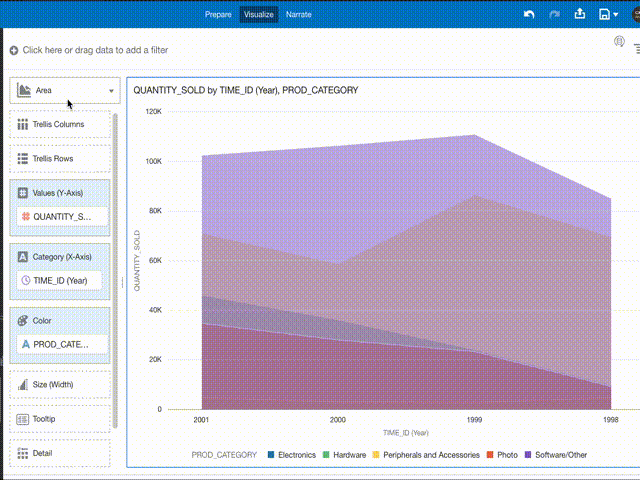


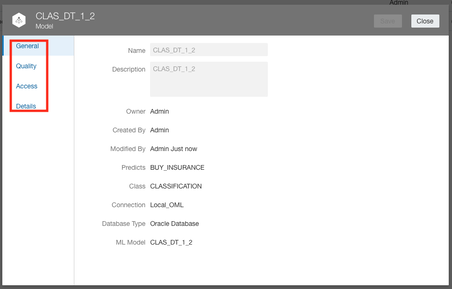
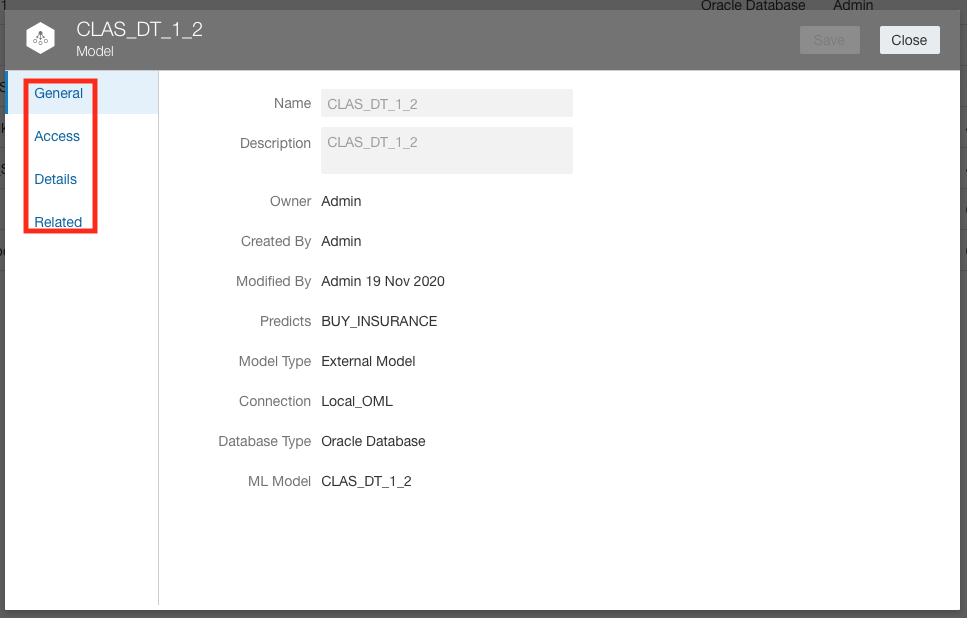
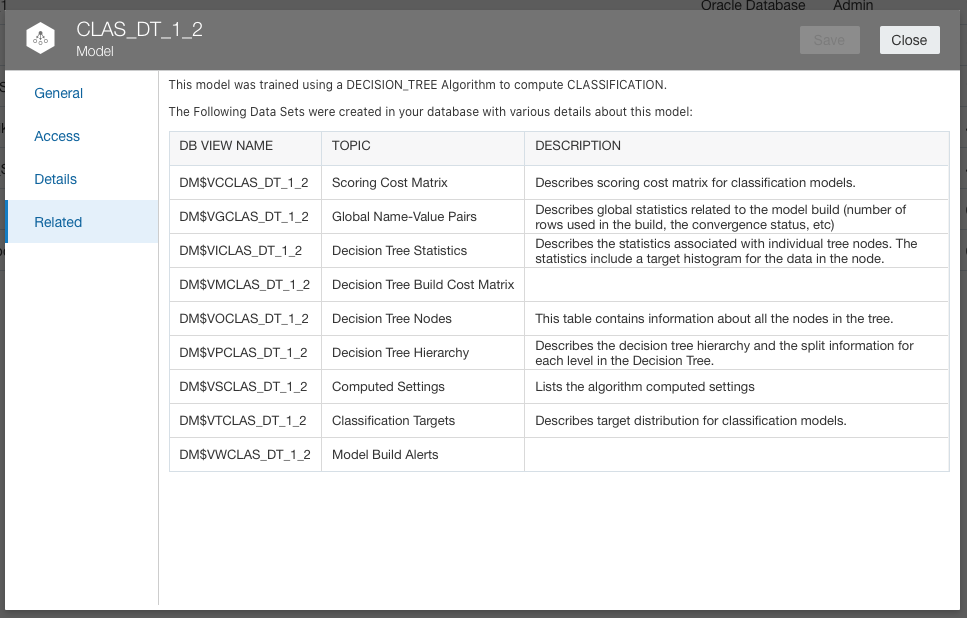

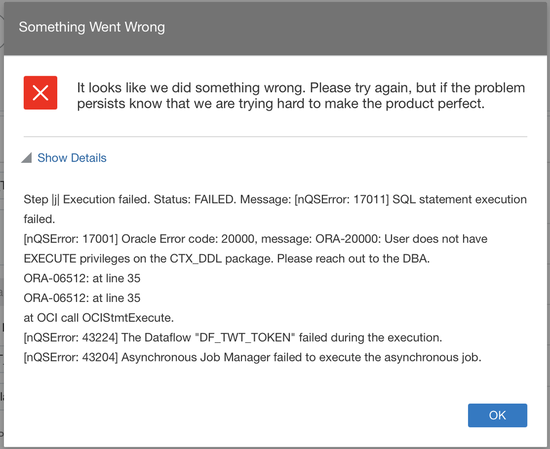

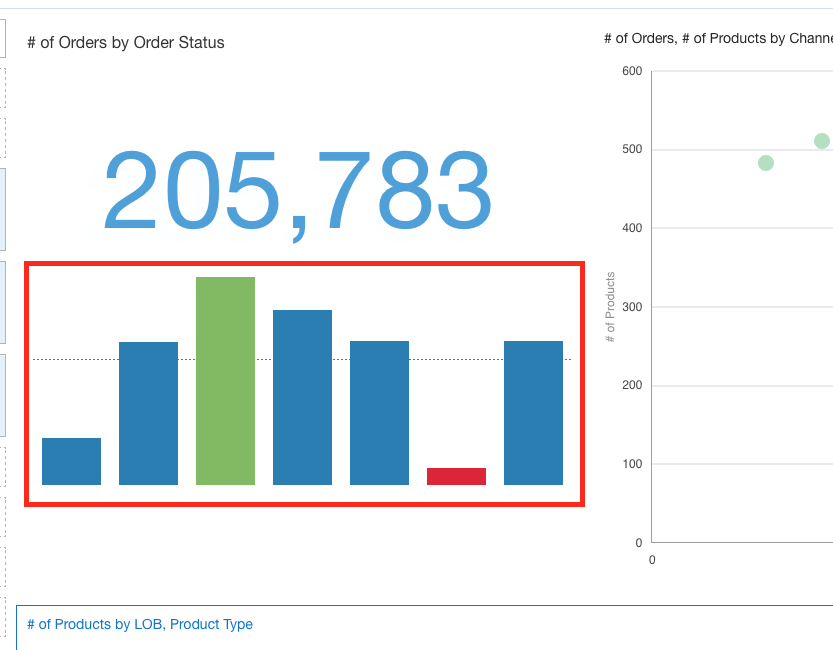
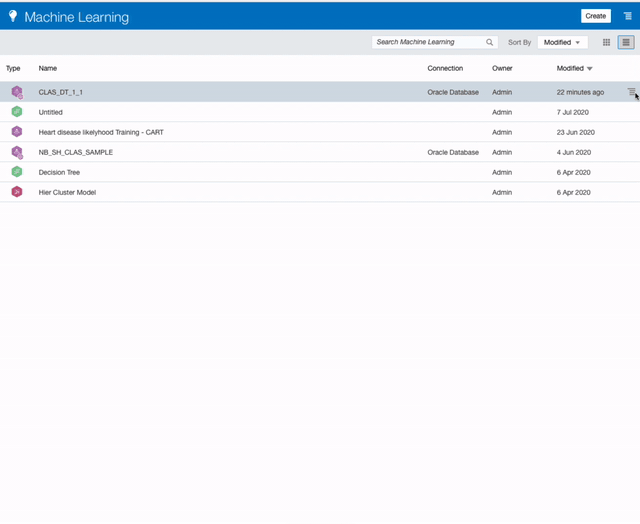
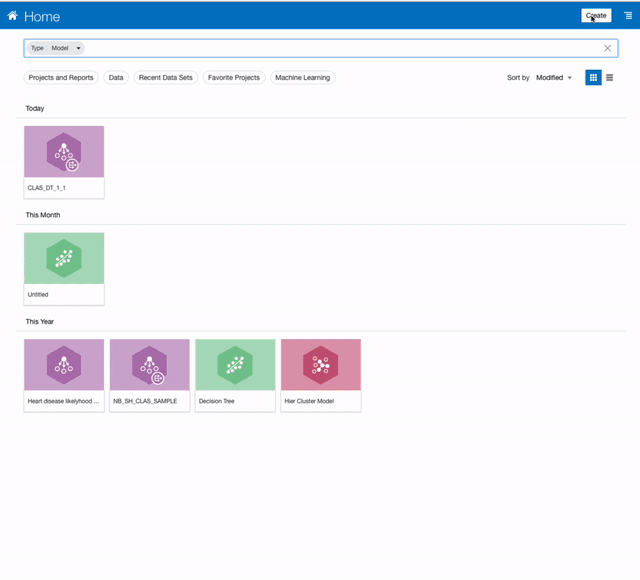
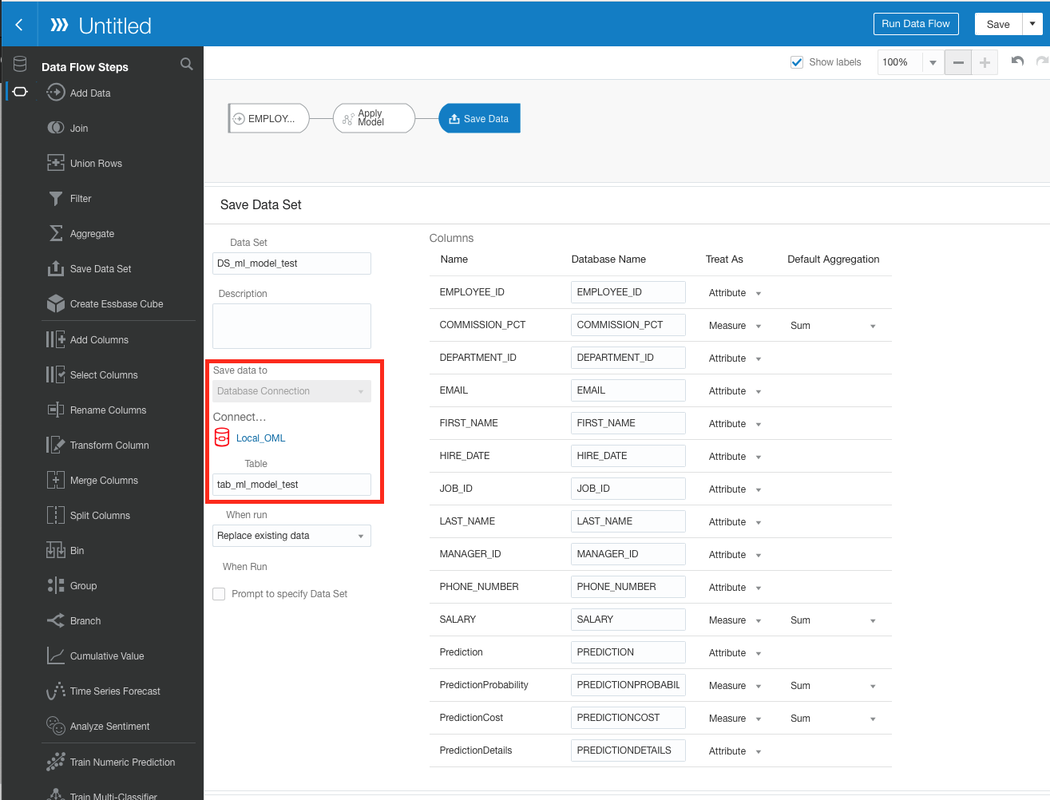
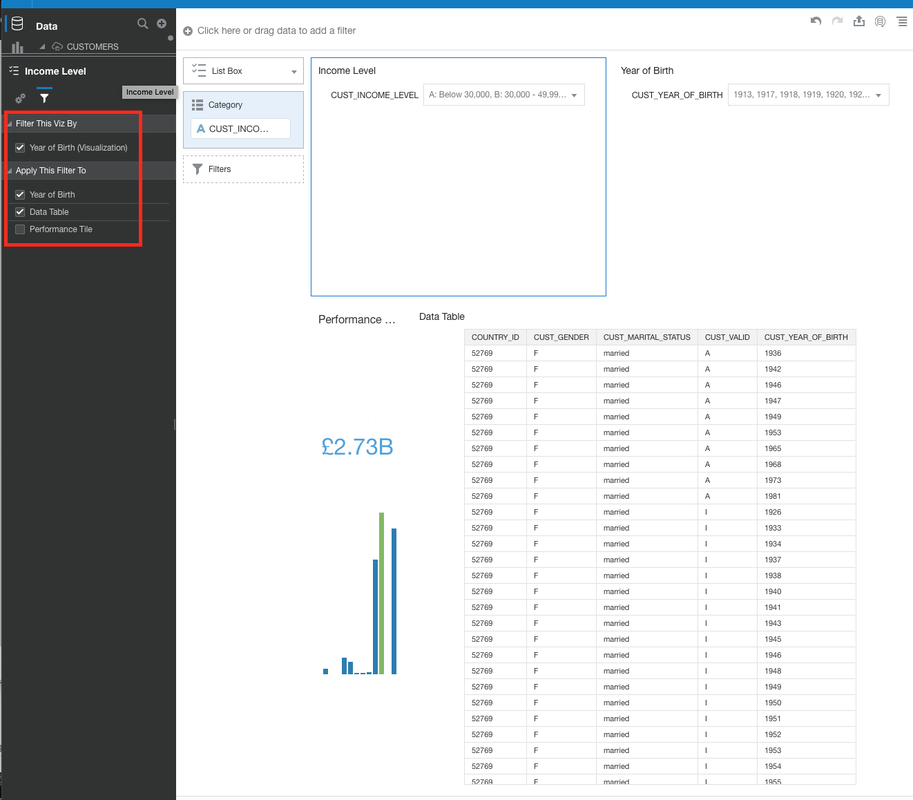

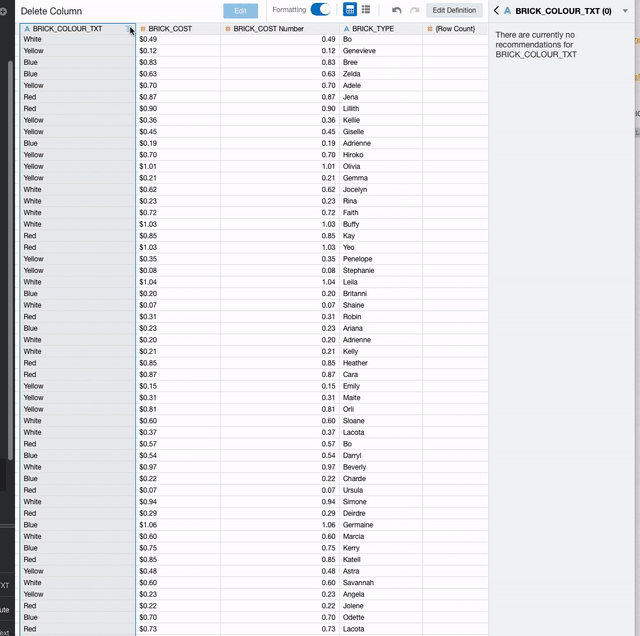
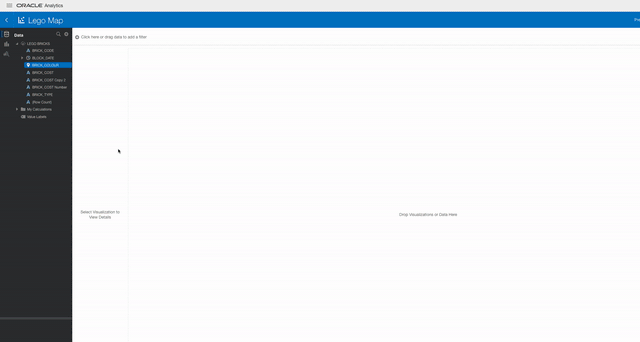


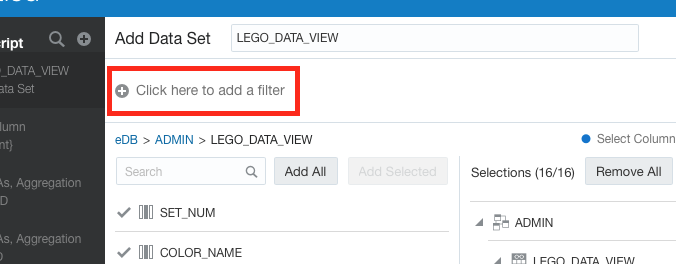
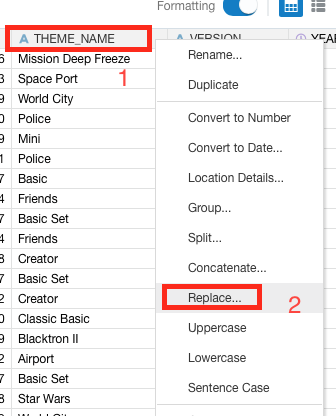
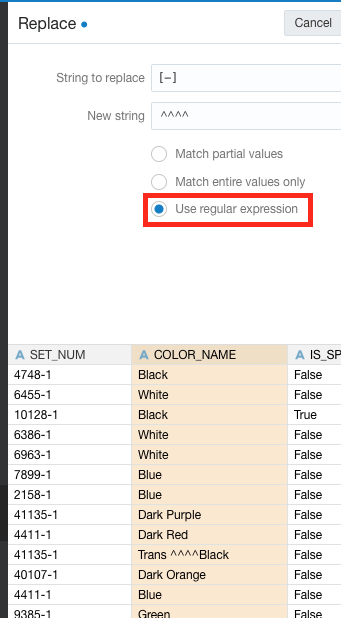
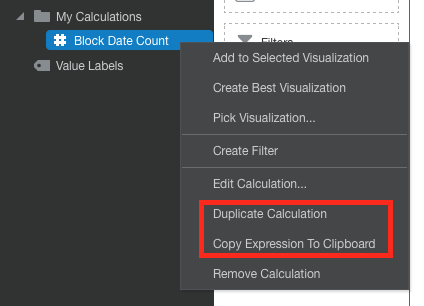
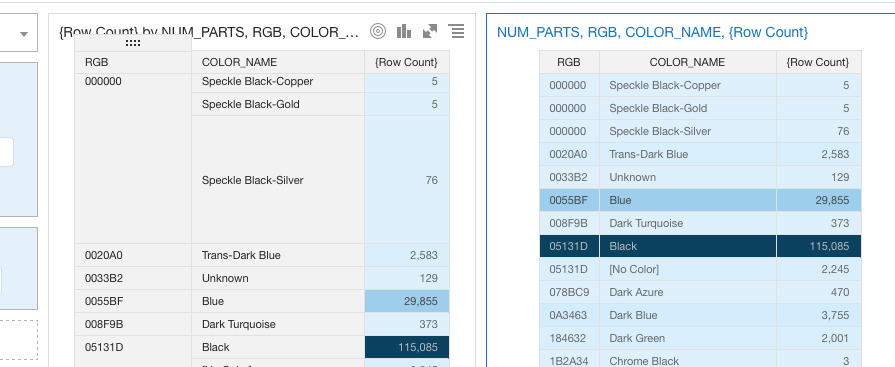


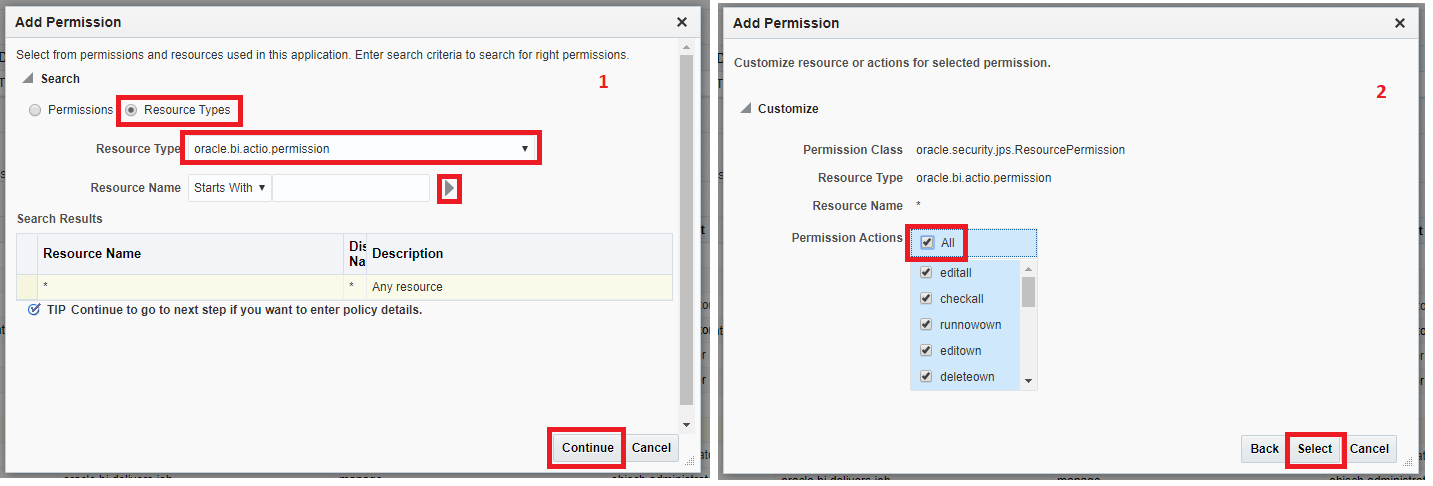
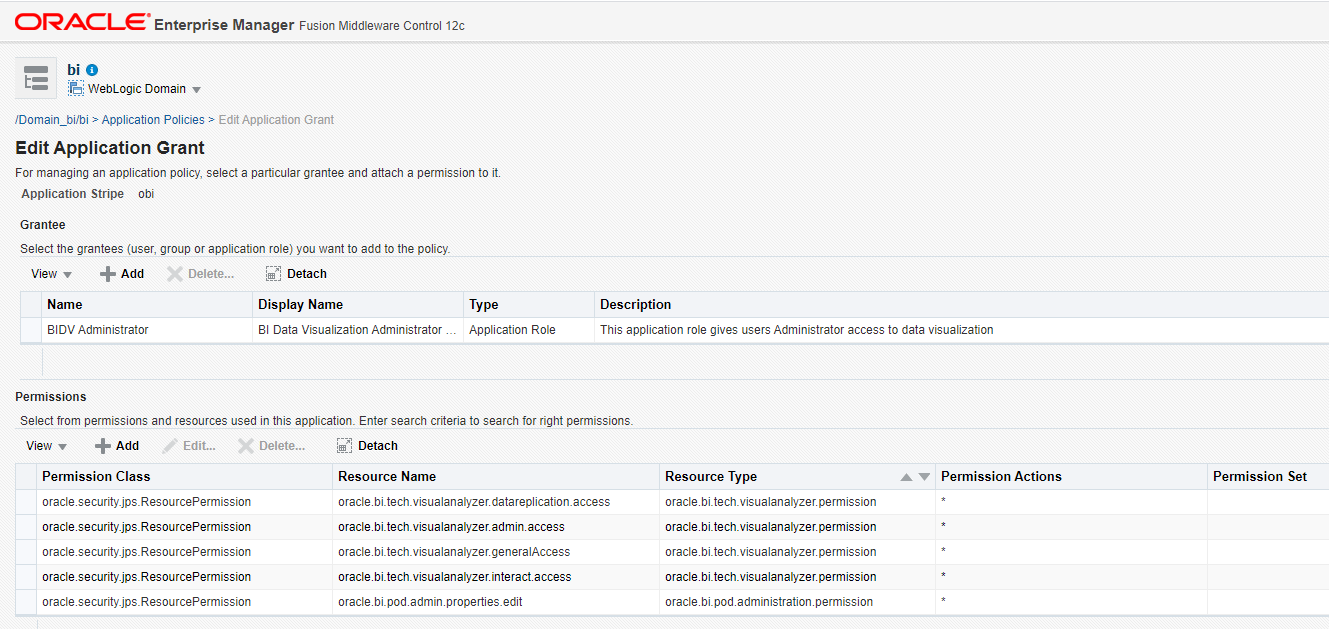
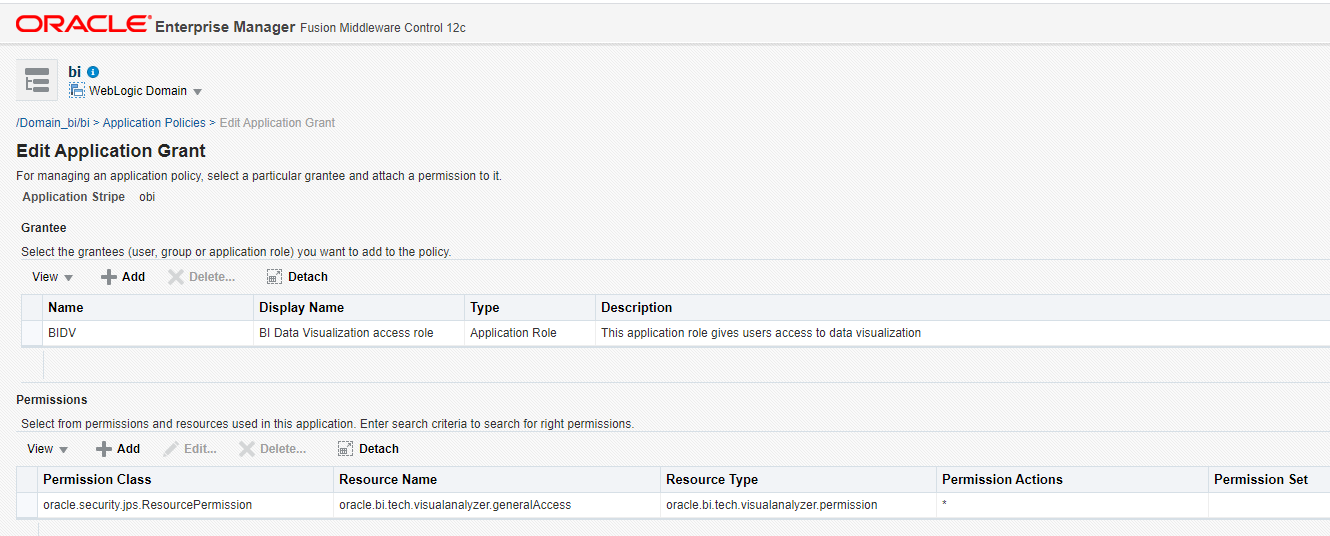
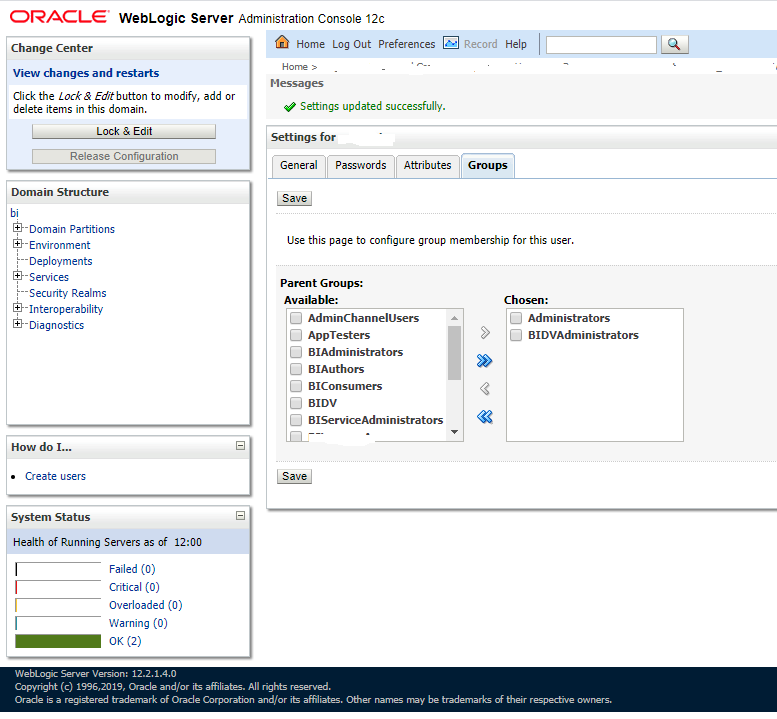
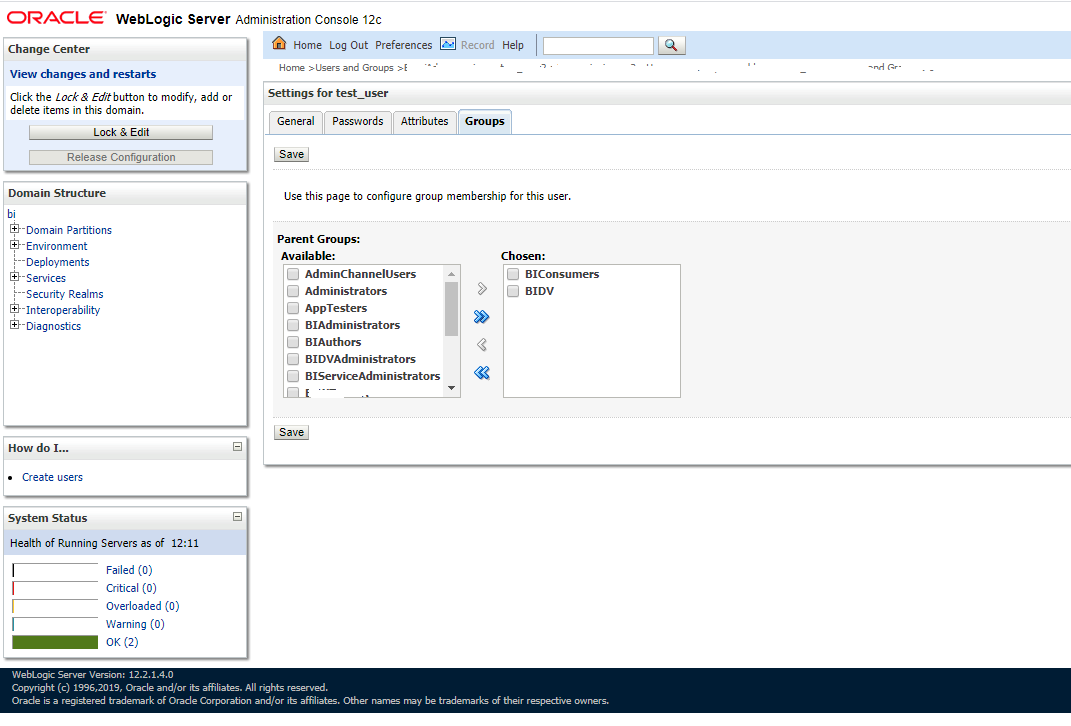

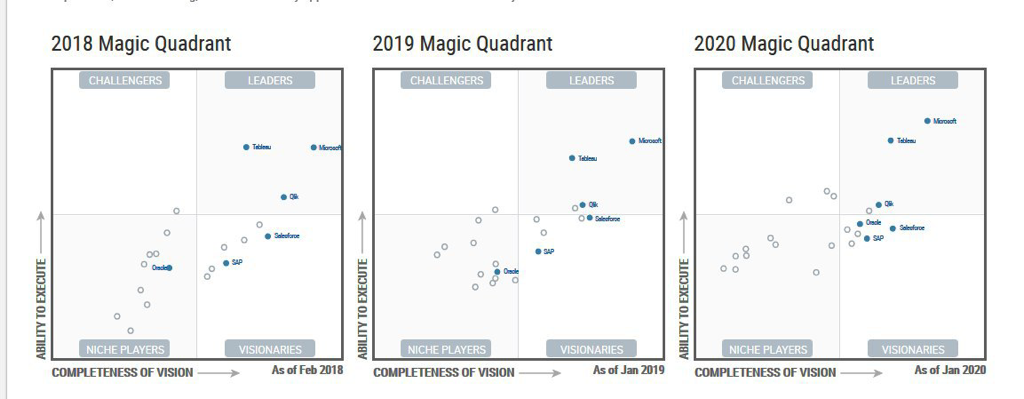
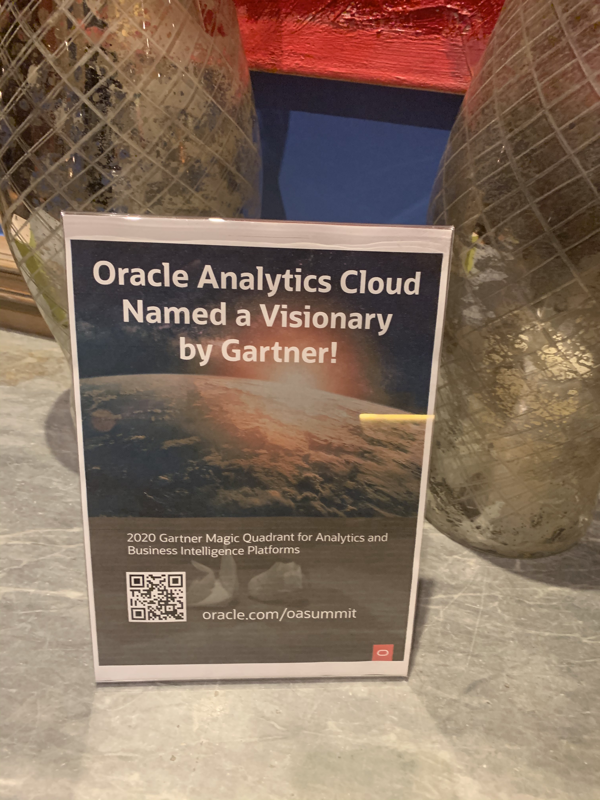
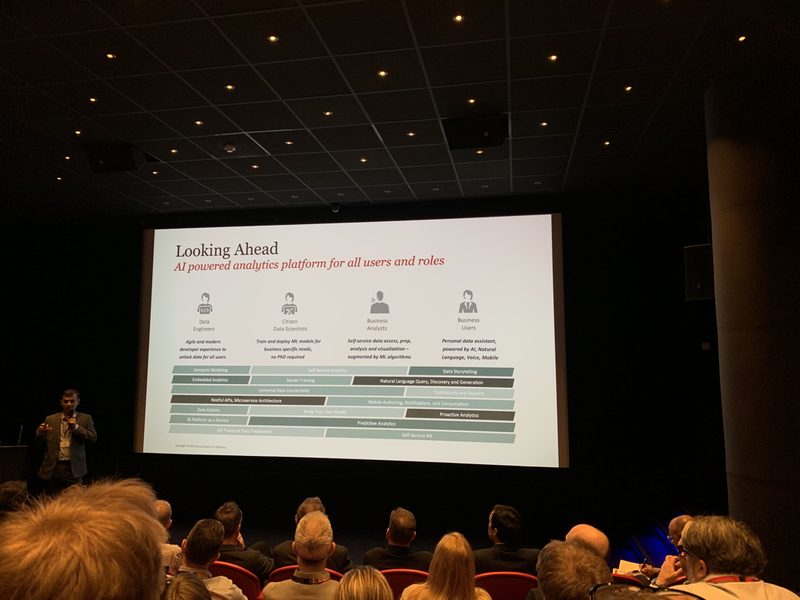
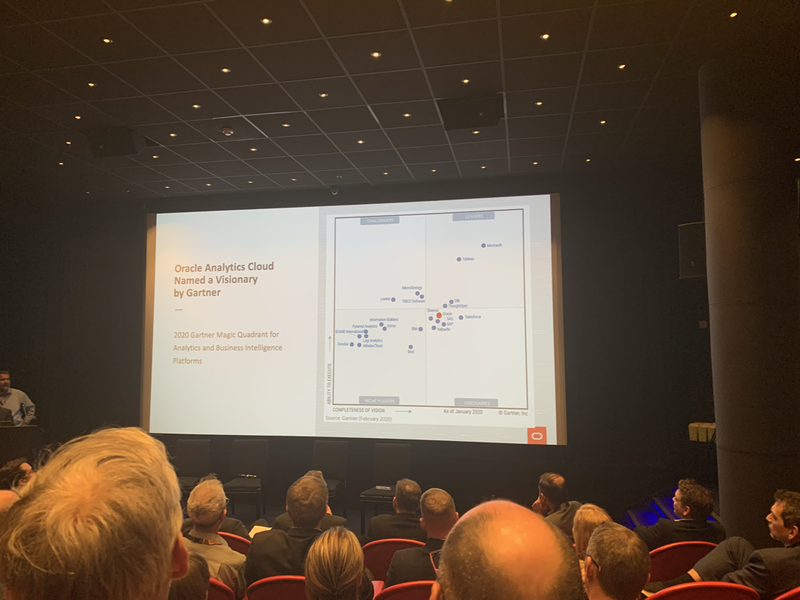
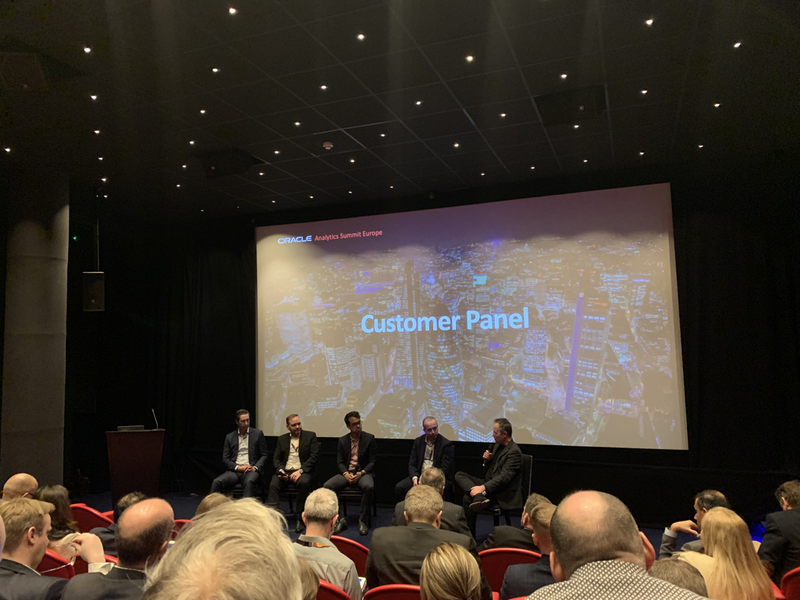

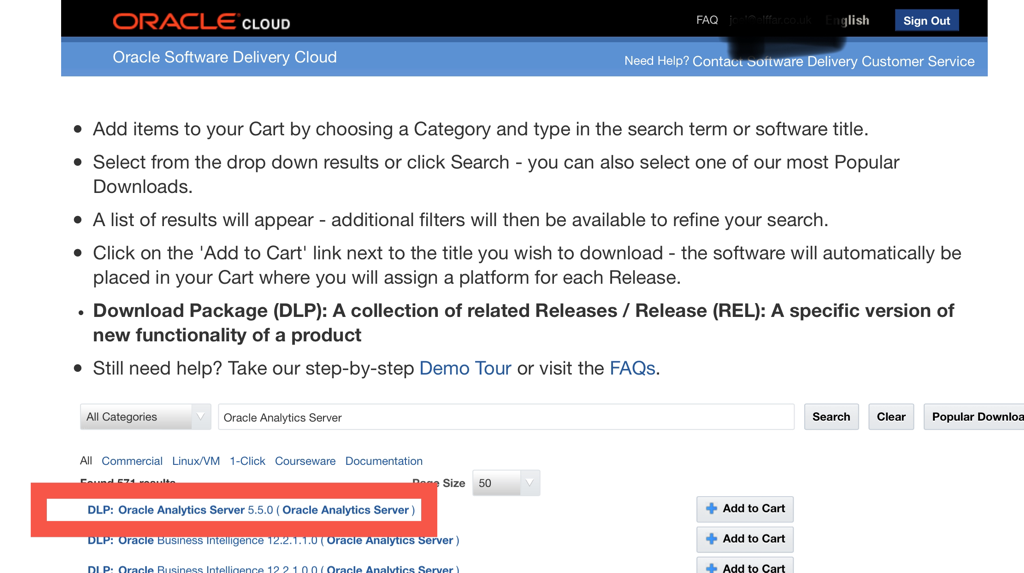




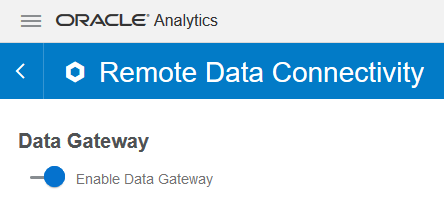


 RSS Feed
RSS Feed

